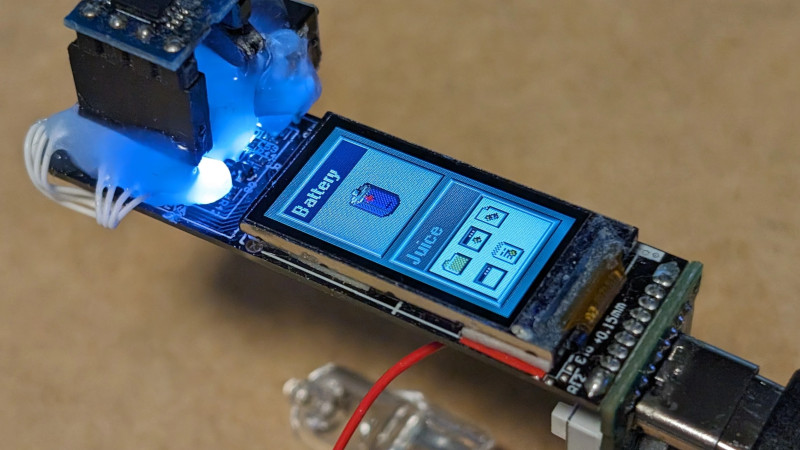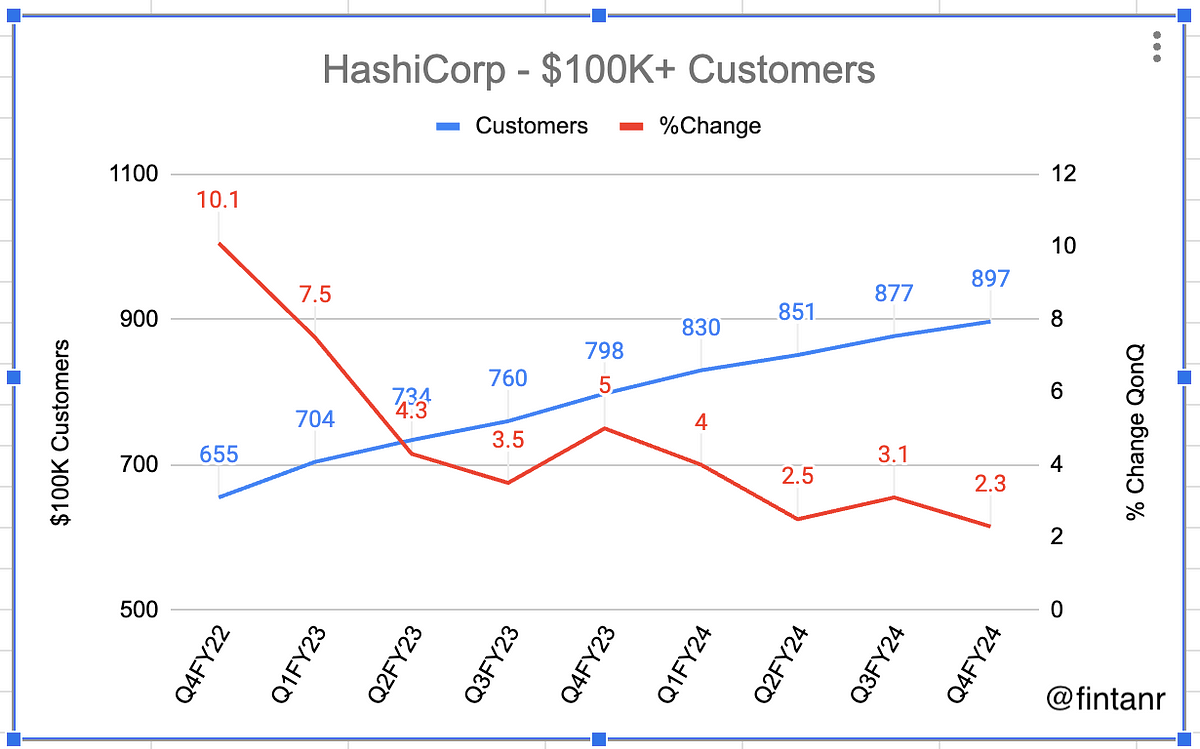A note on bridges & layer-2 protocols
We, as a community, are incredibly excited about off-chain protocols as a way to scale the network. It allows the majority of transactions to be moved from the layer-1 blockchain to an off-chain system, bypassing all network fees and latency issues on the layer-1 blockchain.
In this article, I want to discuss something fundamental for all off-chain protocols. A basic component that is often overlooked, but crucial to assess for the safety of your funds:
A bridge is responsible for holding the assets on a layer-1 blockchain while the same assets are released on another (and external) service. It defines who has custody of the funds and the conditions that must be satisfied before the assets can be unlocked.
In a nutshell, whenever a layer-1 blockchain like Ethereum connects to any other system, there is a bridge being used. All bridges have similar actions:
If we simply consider the bridge and nothing else, then we can claim that a cryptocurrency exchange is an off-chain protocol. Users can lock funds into the service, bypass network fees & latency when transacting, and eventually withdraw their funds back to the layer-1 blockchain.







.png)










